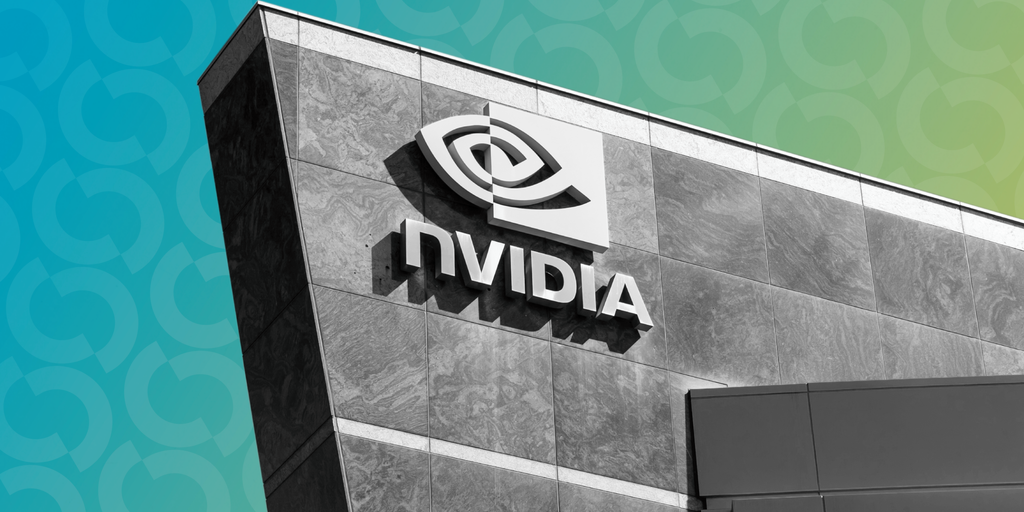As market narratives often fixate on daily price fluctuations or the latest meme coin frenzy, the foundational work happening within the Ethereum ecosystem can sometimes be overlooked. Yet, beneath the surface of fleeting headlines, Ethereum (ETH ($2,715.67)) continues to forge ahead with critical upgrades and an expanding infrastructure that quietly builds significant long-term value. With November 2025 drawing to a close, it’s imperative for investors and enthusiasts alike to look beyond the immediate and recognize the profound bullish potential stemming from its relentless development cycle and burgeoning decentralized applications.
Proto-Danksharding’s Transformative Impact
One of the most significant advancements shaping Ethereum’s future is the ongoing implementation of EIP-4844, better known as Proto-Danksharding. This crucial upgrade, while not full danksharding, introduces ‘blobs’ of data to the network, dramatically increasing the data availability for Layer 2 (L2) rollups. This innovation is a game-changer for scalability and cost efficiency.
- Reduced L2 Fees: By providing a dedicated, cheaper space for L2 data, Proto-Danksharding significantly lowers transaction costs on rollups.
- Enhanced Throughput: It paves the way for a massive increase in the number of transactions Ethereum can handle indirectly via L2s.
- Future-Proofing: This is a vital stepping stone towards full danksharding, ensuring Ethereum’s long-term scalability vision remains intact and on track.
The Thriving Layer 2 Ecosystem
The success of Ethereum is increasingly intertwined with the prosperity of its Layer 2 ecosystem. Solutions like Arbitrum, Optimism, zkSync, and StarkWare have not only matured but are attracting a significant portion of user activity and developer innovation. These L2s extend Ethereum’s capabilities, offering faster and cheaper transactions while inheriting the robust security of the mainnet.
The competition and innovation among L2s are driving a positive feedback loop, leading to better user experiences, novel application designs, and a more accessible entry point for mainstream adoption. This multi-layered approach positions Ethereum as a highly adaptable and scalable blockchain for a multitude of use cases, from DeFi to NFTs and gaming.
Staking Dynamics and Network Security
Post-Merge, Ethereum’s transition to Proof-of-Stake has profoundly reshaped its economic model and security posture. The increasing amount of ETH locked in staking provides enhanced network security and contributes to a more decentralized validator set. As more Ether is staked, the circulating supply potentially tightens, creating a supply-side pressure that could prove bullish in the long run.
Furthermore, the yield generated by staking makes ETH an attractive asset for long-term holders, encouraging participation and stability within the network. This fundamental shift from energy-intensive mining to a more capital-efficient and environmentally friendly consensus mechanism continues to strengthen Ethereum’s appeal to a broader institutional and retail audience.
Conclusion
While the crypto market frequently grapples with volatility and evolving narratives, Ethereum’s underlying technical developments and the flourishing of its Layer 2 ecosystem present a compelling case for sustained bullish potential. The transformative impact of Proto-Danksharding, coupled with the robust growth of its L2s and the solidifying staking mechanism, paints a picture of a network that is not just surviving but thriving and expanding its capabilities. Investors who delve deeper into these fundamental strengths may discover that Ethereum’s ‘silent surge’ is setting the stage for significant long-term value appreciation.
The post Ethereum’s Silent Surge: Unpacking the Hidden Bullish Potential Beneath the Surface appeared first on FXcrypto News.




















 24h Most Popular
24h Most Popular




 Utilities
Utilities